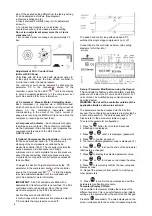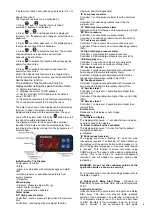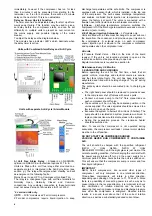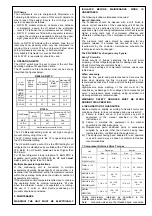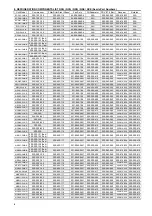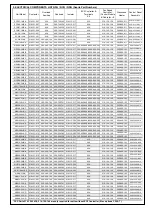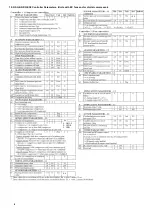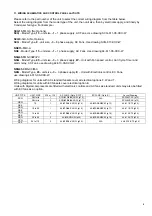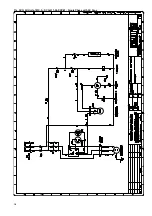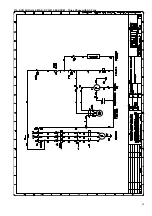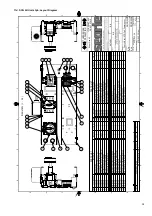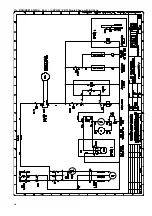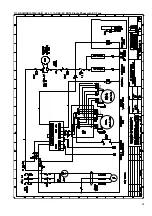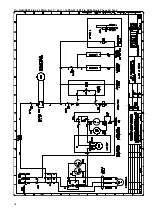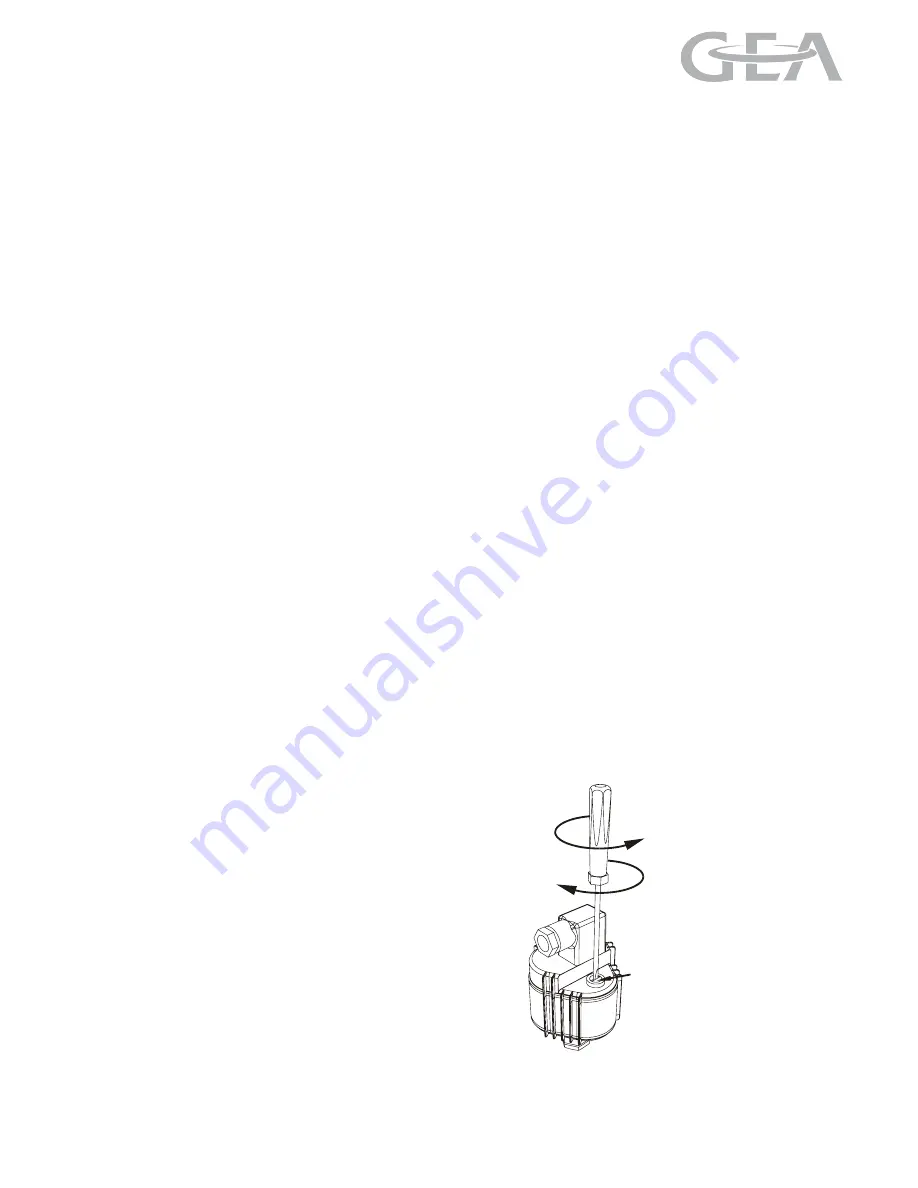
1. HEALTH AND SAFETY
This concerns the hazards, which may be encountered
when installing and maintaining this equipment. It is
therefore important that these instructions are followed.
1
Before installation
Ensure that:
a) the voltage, working fluid and the maximum working
pressure stated on the product nameplate is suitable for
the working environment.
b) the proposed method of mounting is adequate to
support the total operational weight of the unit.
During installation and maintenance
Ensure that:
a)
the unit is installed and maintained by qualified
personnel only.
b) the electrical supply is isolated and secured from
accidental re-connection.
c) the working area is adequately ventilated.
d) the temperature of coils with vinyl coated fins does
not exceed 150°C (e.g. during brazing) as toxic
fumes would be produced.
2. INSTALLATION
General
Upon receipt, the units should be visually inspected and
the supplier notified (within seven days) of any damage
or shortages. Units are not portable and are only for
permanent installation. Electrical screw terminals in
control panels and motor mountings should be checked
for security.
Location
To ensure optimum performance, the condensing unit
should be situated to give uniform air distribution across
the coil. Obstructions to airflow should be minimised.
Coils should ideally be shaded from the sun.
Consideration should also be given to servicing
requirements - there should be at least 600mm
clearance on the right hand side of the units, and access
panels must be clear of obstruction.
Floor/Roof Mounting
When Floor Mounted a gap of 250mm
must
be left
between the rear of the unit and the nearest wall.
Fixing holes are provided in the feet for securing the
condensing unit to a plinth. If the condensing unit is roof
mounted, it is recommended that isolation material be
used between the feet of the unit and the roof itself.
Guarding Cages
Floor mounted guard cages are available for individual
units where additional protection to the installation may
be required (contact your supplier for further details).
Pipework
Pipework to and from the unit should be selected to suit
the application and not the connection size of the unit. It
should be supported independently from the unit and in
a way that prevents the transmission of vibration to the
unit. A competent engineer should install refrigerant
pipework to a high standard of refrigeration practice.
Electrical
Electrical components are located in an enclosure,
situated on the front RH side of the unit and behind a lift-
off service panel. Always ensure that the electrical
supply to the unit is isolated before removing this panel.
All electrical components are tested during the
manufacturing process.
The electrical supply to the unit must be taken from a
correctly sized (and motor rated) main circuit breaker or
fuse box, corresponding to the current shown on the
unit's nameplate.
Function of Controls
(Please refer to the relevant wiring diagram in Sect. 10)
a) Unit isolation
- is situated behind a swivel plate
cover on the main control box cover.
b) HP/LP
- The HP switch is to prevent overpressure
within the system. It should only operate under fault
conditions. The LP switch is to prevent too low a
pressure. Pressure switches should be set to the
required operating limits during commissioning. Do not
adjust these switches outside of the acceptable
operating limits, (see section 4).
c) FSC
- The fan speed controller is used to control the
unit's head pressure under low ambient conditions. As
the ambient temperature falls the fan speed is reduced
to maintain head pressure.
Adjustment of FSC – Control Point (2 Fan Units)
The Fan Speed Controller is fitted on the rear port of the
receiver outlet valve, and is factory set to maintain 39°C
(17 barg R404A), if the desired Mid point differs from the
factory setting it can be adjusted as follows:
A n ti-C lo ckw ise
R e d u c e S e tp o in t
C lo ckw ise
In cre a se S e tp o in t
A d ju stm e n t
S c re w
Adjustment of FSC – Control Point (4 Fan Units)
The Fan Speed Controller is fitted on the control panel
RH side, and uses a pressure sensor module mounted
on the rear port of the receiver outlet valve, and is
factory set to maintain 36.5°C (15.5 barg R404A). If the
operating pressure falls below this setpoint the fans will
Searle NSQ NSE NCQ
NCE NDQ SCQ
Installation and Maintenance Instructions
ENGLISH
Summary of Contents for Searle NSQ Series
Page 10: ...11a SCQ All Units 1MX A SCQ 611 06 XXX W Single Phase with AC Fans 10...
Page 11: ...11b SCQ All Units 3MX A SCQ 613 06 XXX W Three Phase with AC Fans 11...
Page 14: ...11e NSQ NSE15 1MX A 44 611 16 XXX W ZB15 Single Phase with AC Fans 14...
Page 16: ...11g NSQ NSE19 to 26 1MX A B or C 44 611 06 XXX W ZB19 to ZB26 Single Phase AC Fans 16...
Page 18: ...11i NSQ NSE15 to 45 3MX A B C 44 613 06 XXX W ZB15 to ZB45 Three Phase AC Fans 18...
Page 20: ...11k NDQ 30 to 45 3MX S C 44 613 XDX W ZBD30 to ZBD45 Three Phase AC Fans 20...
Page 21: ...11l NCQ NCE 56 to 110 3MX S D E 2 3 44 633 16 XXX W ZB56 to ZB11 Three Phase AC Fans 21...
Page 22: ...11m NSQ NSE 15 to 30 1MX S A B C 2 3 44 611 ST2 Layout Diagram 22...
Page 23: ...11n NSQ NSE 09 to 18 3LX S 15 to 45 3MX S A B C 2 3 44 613 ST2 Layout Diagram 23...
Page 24: ...11o NCQ NCE 24 to 48 3LX S 56 to 110 3MX S D E 2 3 44 633 3 ST2 Layout Diagram 24...
Page 25: ...12 DIMENSIONS Case A B C 25...


